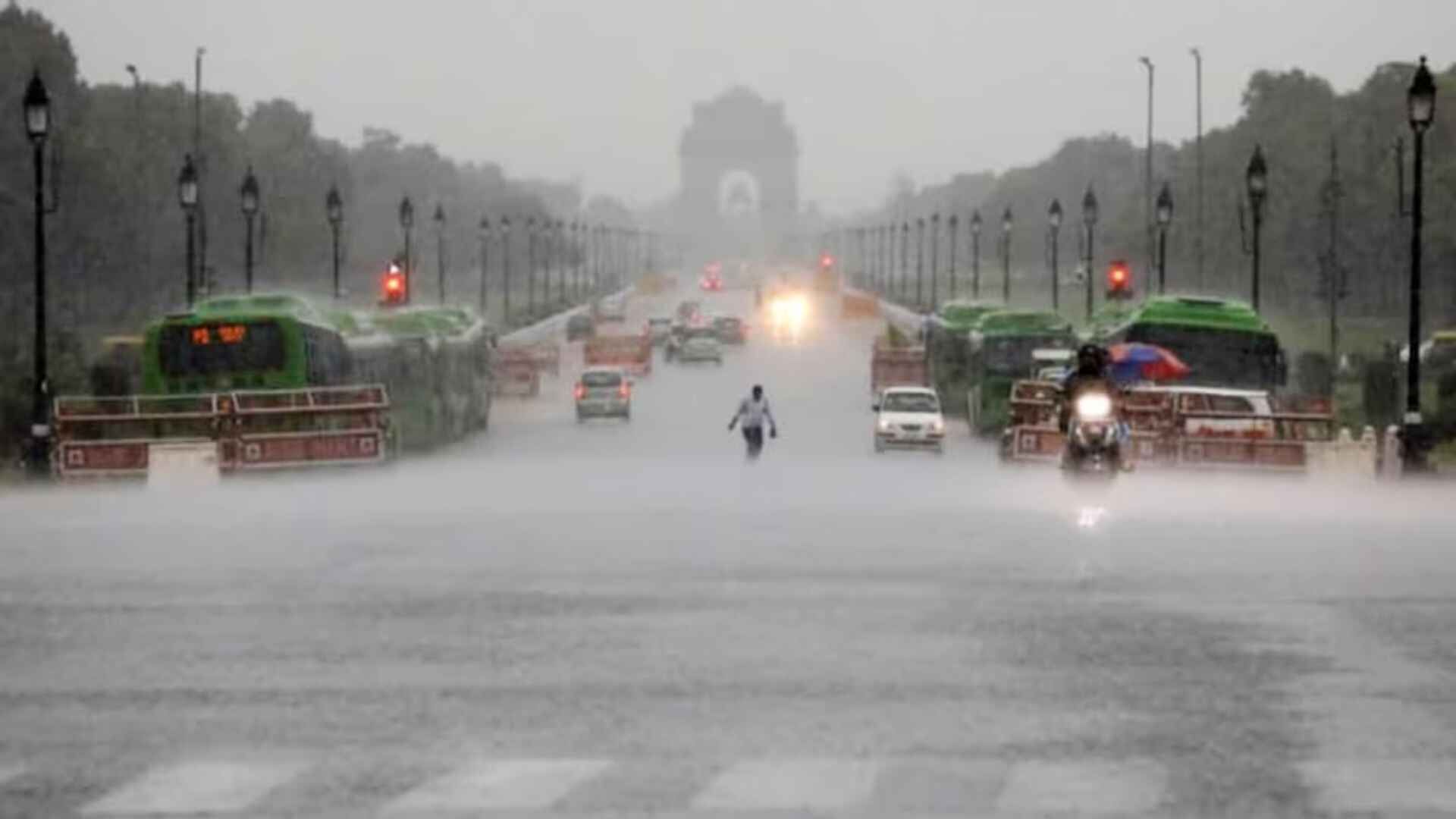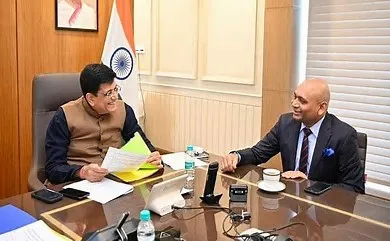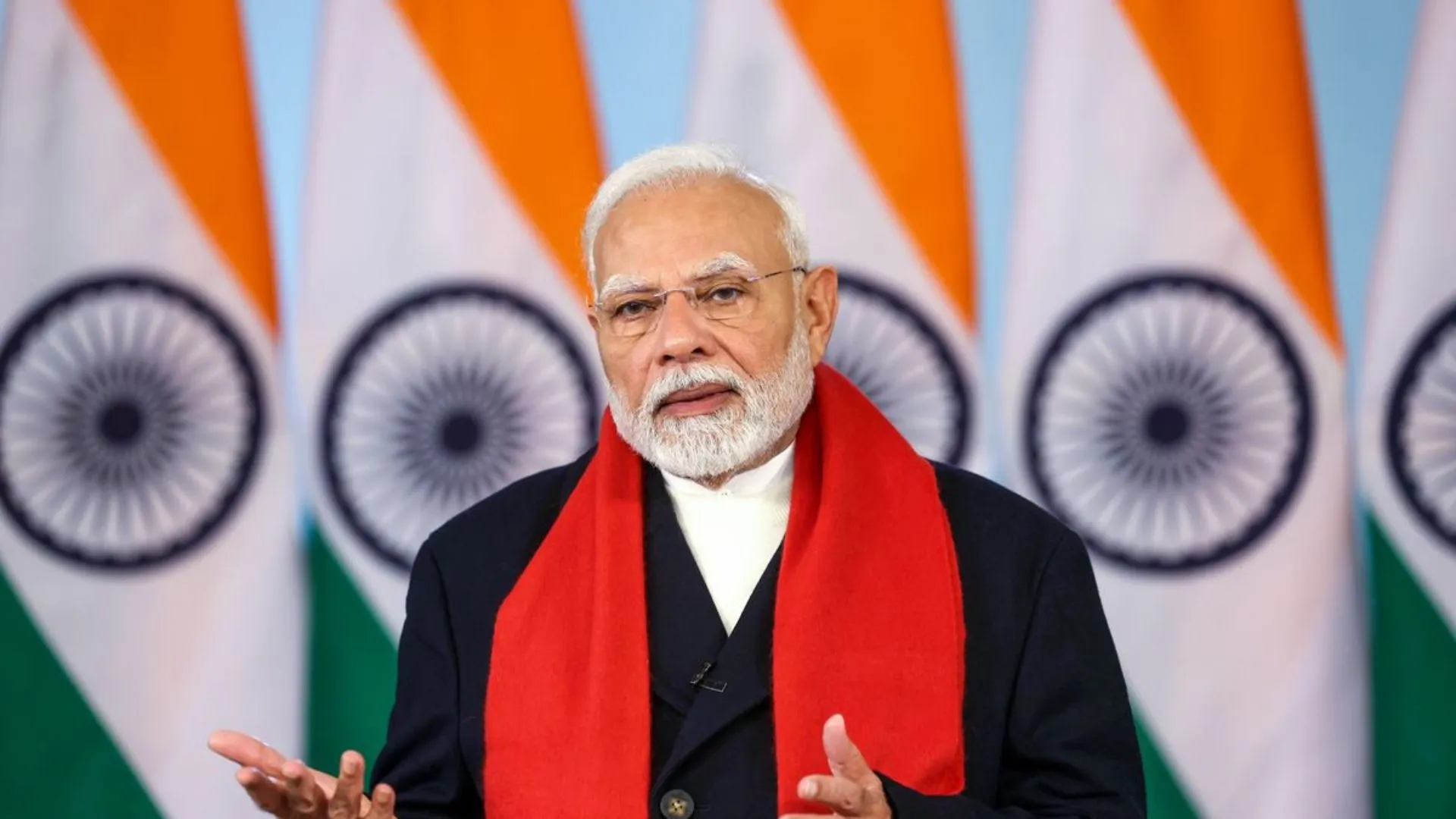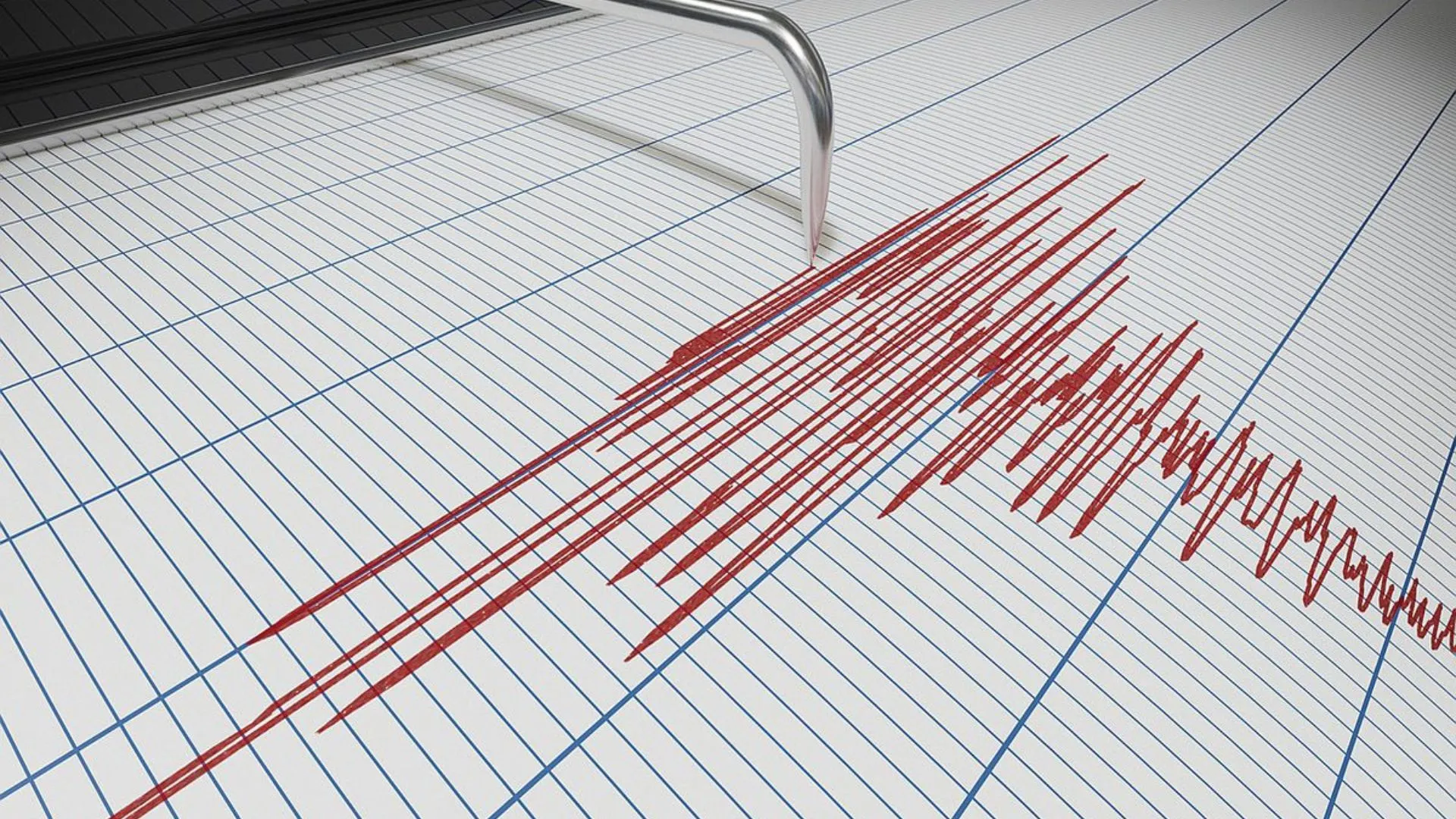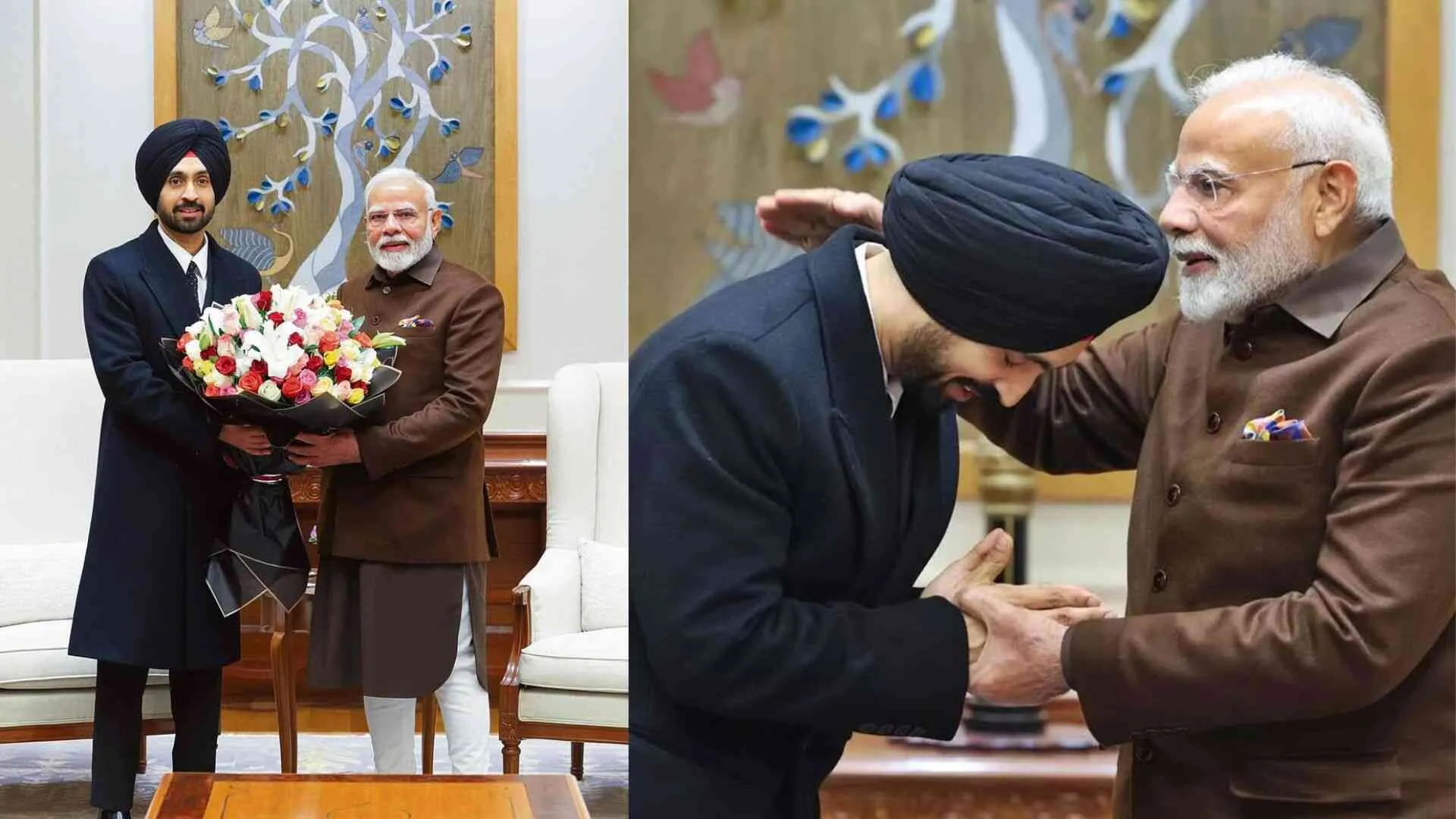Indian weather scientists are aiming to gain the expertise needed over the next five years to control rainfall and other weather conditions, including hail and lightning, in specific areas. This means they could potentially influence weather patterns during major events like Independence Day celebrations or manage rainfall during floods.
M. Ravichandran, the Secretary of the Earth Sciences Ministry (MoES), discussed these plans on Thursday. He mentioned that the Mission Mausam initiative, which recently received Cabinet approval, will start with experimental artificial rain suppression and enhancement. Initial lab simulations will be conducted within 18 months, with full-scale weather modification expected within five years. Ravichandran also noted that while it’s possible to think about weather modification for events like August 15 celebrations, it remains a developing area.
Mission Mausam aims to make India more resilient to weather impacts by improving short- and medium-range weather forecasts by 5-10% and ensuring no extreme weather event, including cloud bursts, goes undetected. As part of this initiative, the India Meteorological Department (IMD) and other MoES institutions will also develop ‘Mausam GPT’, a new application similar to ChatGPT, to provide weather updates in both written and audio formats.
Currently, weather modification techniques such as cloud seeding are used in countries like the US, Canada, China, Russia, and Australia. These techniques, often used to enhance rain or reduce hail, have shown limited success and are still complex. Madhavan Rajeevan, a former MoES Secretary, highlighted that while there is potential for weather modification in India, the technology is complex and requires further research and investment.
The Indian government has initially allocated Rs 2,000 crore over two years for Mission Mausam to develop a more robust forecasting system and address the impacts of extreme weather and climate change. Future funding will be provided as the mission progresses.
Key components of Mission Mausam include deploying advanced radars and satellite systems with high-performance sensors, improving earth system models, and creating a GIS-based automated Decision Support System for real-time data. India is also conducting pilot cloud seeding projects, such as the Cloud Aerosol Interaction and Precipitation Enhancement Experiment (CAIPEEX) in Maharashtra, to study cloud properties and improve rainfall techniques.

